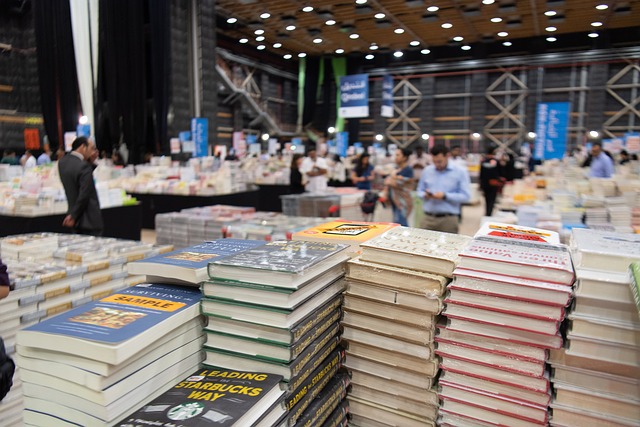Book Fairs vs. Festivals: What’s the Difference?
Book fairs and literary festivals are both important events in the publishing world, but is there a difference between these two literary exhibitions? Before learning more about publishing and becoming the rights manager at Ooligan, I had always assumed they were interchangeable.


